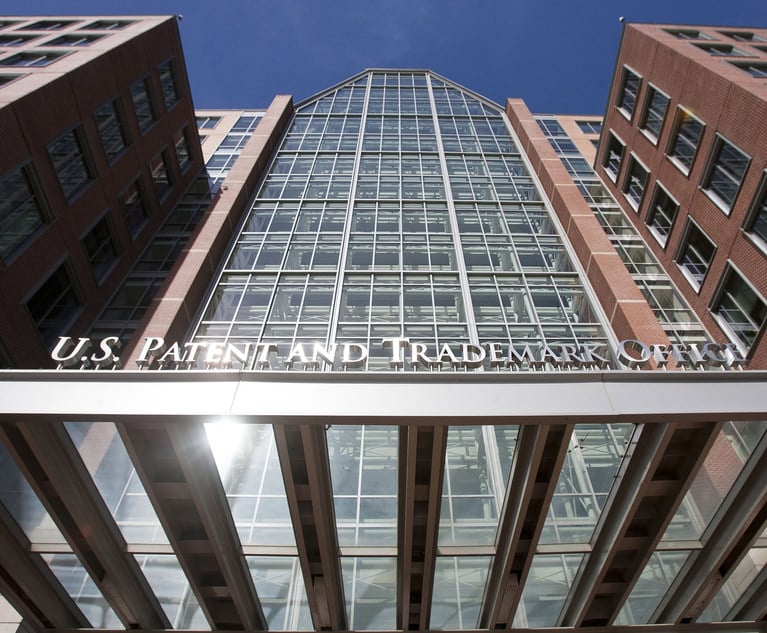The Patent Act seeks to encourage innovation by protecting new and useful inventions. However, many inventions build on or combine previously known elements, requiring the Patent Office and courts to determine which combinations of, or improvement on, previously known elements are entitled to protection. In doing so, whether or not the claimed invention is patentable often involves asking whether the invention provides unexpected results. We report here on the Federal Circuit’s recent decision in In re Couvaras, No. 2022-1489, 2023 WL 3984753 (Fed. Cir. June 14, 2023), which addresses whether finding a purportedly unknown mechanism of action constitutes unexpected results supporting patent protection.
35 U.S.C. Section 103: Non-Obviousness
In order to be eligible for patent protection, the claimed invention as a whole cannot have been obvious to a person having ordinary skill in the art at the time the patent was filed. 35 U.S.C. Section 103. The Supreme Court has explained that in determining if a claimed invention is obvious, one must consider: the scope and content of the prior art; the differences between the prior art and the claims at issue; the level of ordinary skill in the field of invention; and any objective indicia of non-obviousness. See Graham v. John Deere, 383 U.S. 1, 17-18 (1966).


 U.S. Patent & Trademark Office building in Alexandria, VA. Photo: Diego M. Radzinschi/ALM
U.S. Patent & Trademark Office building in Alexandria, VA. Photo: Diego M. Radzinschi/ALM




